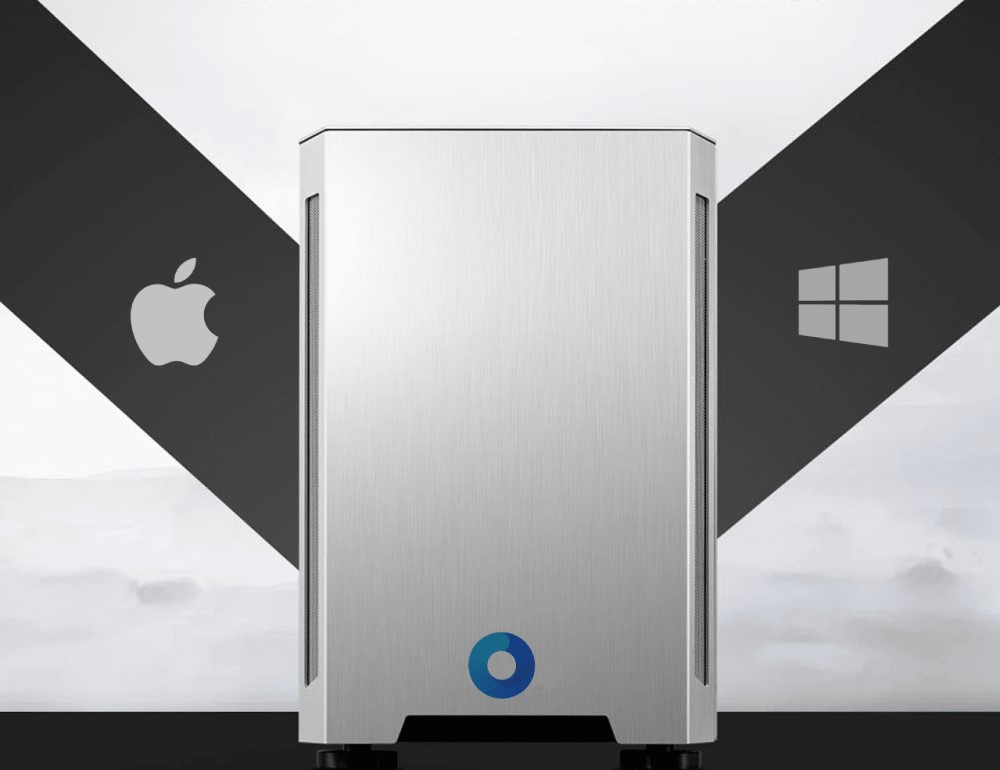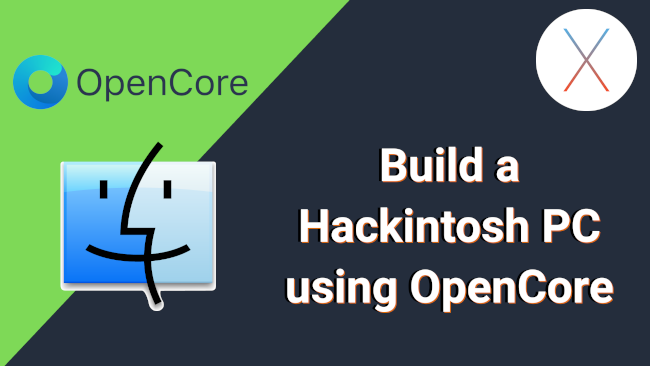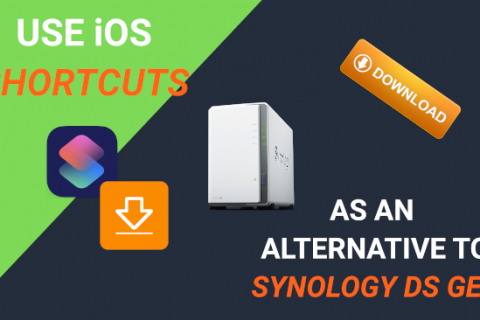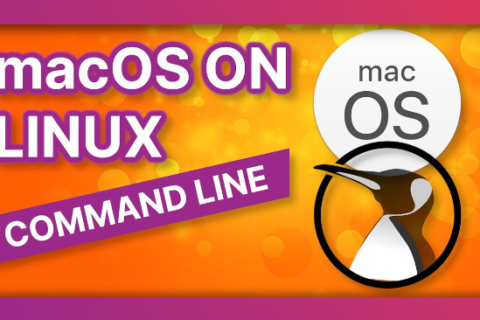Let’s get the disclaimer out of the way first!

This post is for advanced users only and you should only follow the guide if you really know what you are doing. The internet is full of tutorials and posts about building a hackintosh and you need to be an educated user to identify what works for your setup.
There is the “one size fits all” method using Clover and MultiBeast where you load your system using a bootloader with a prebuilt configuration and a set of drivers, called Kexts in MacOS, and hope for the best. This is usually what is recommended for new uses in the Hackintosh world as it is relatively easier than the alternatives. You can follow such a guide here. Downside is that any update in Mac OS may potentially render your system unusable.
Then there is the more hands on approach, which is what this post is all about, using OpenCore. Recommended for more advanced users as you get a more optimised and stable system using a plethora of configuration options to set up your system specifically for your hardware to avoid instability. Another upside is that this method is more resistant to software updates.
Speaking of hardware this is the most important factor when building a Hackintosh irrespective of the method used to install Mac OS.
Hardware compatibility is what makes or breaks a Hackintosh. Literally!
That’s why, when deciding to build a Hackintosh, it’s best to first research heavily the hardware you are planning on using to ensure compatibility with Mac OS so that everything works as expected and avoid the frustration of looking for Kext files.
A good rule of thumb is avoid using the latest and greatest hardware around since compatibility with Mac OS on new hardware most likely will be non-existent. Ryzen for example, while possible to make it work, should not be on top of your hardware list since Apple does not offer any systems based on AMD CPUs.
The guide in this post uses Haswell generation CPUs with built-in Intel graphics and the corresponding motherboard chipsets (i.e. H81 or B85) which should provide some good compatibility with Mac OS and should not be too hard to configure.
In a previous post we discussed the deals that can be found on Chinese stores online. Chinese motherboards started popping up on AliExpress with LGA 1150 chipsets which combined with cheap Haswell CPUs can provide a relatively cheap starting point in building your first Hackintosh.
Most common hardware issues arise from:
- Sound
- Network
- Graphics
Hardware components considerations:
- Haswell, Skylake or Coffee Lake Intel CPUs offer good compatibility vs performance
- Try to use built-in Intel GPU or NVidia
- Motherboards is the part where you need to do the most research as it includes most of the built-in components that you need to have working and some Bios configuration may be required.
- Use wired network where possible (Intel & Realtek should work)
- Memory and SSDs should not be an issue
- Use the built-in Sound Card of your motherboard (some configuration may be required)
- Wireless & Bluetooth is where most users run into issues and is usually a no go in Hackintoshes. There are workarounds by using an extension PCIe card which uses supported chipsets. This card is documented as working but your mileage may vary.
You can use Google to research hardware compatibility or refer to the excellent resources in tonymacx86.com website to troubleshoot your hardware.
Software considerations:
- Depending on the method you choose you may need an Apple computer to obtain a copy of Mac OS. In the guide referenced below you can download a recovery image of Mac OSX without using Apple hardware.
- A USB stick with a live Linux installation (such as Ubuntu) is good to have as it will make life a whole lot easier. You can do everything in Windows of course but it’s way easier in Linux.
An excellent video guide was uploaded by Chris Titus Tech on YouTube which goes over a basic OpenCore Mac OS installation. You can use the video below to follow along.
For a more comprehensive guide on how to have everything working with OpenCore you can refer to the excellent documentation following the link below:
So… is it worth it?
Well that depends on how you approach this. If you like tinkering with hardware and software then this is a fun project.
If you want the Apple experience but at a fraction of the price you can try it but any savings may not be worth the frustration of getting everything to work properly and the potential of ending up with an unusable system.



